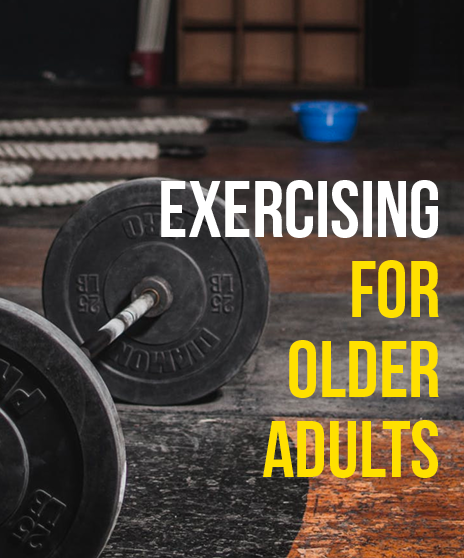How Exercise Helps Seniors
There are many reasons why, but the reality is, staying active is one of the most important things you can do to be healthy.
Exercise is recommended for everyone and brings many health benefits along with it. If you do not exercise regularly, speak with your medical provider before starting an exercise routine.
Once you have clearance from your medical provider, though, choose to get moving!
Why do seniors need to exercise?
The American Academy of Family Physicians lists many health benefits of physical activity:
- Decreased risk of heart disease, stroke other metabolic health problems
- Improved cognitive function
- Reduction of falls in the elderly
- Improvements in bone density
- Improved quality of sleep
Exercise has many health benefits and as you enter the later stages of life, these benefits are more important. Keeping active and taking part in regular exercise could reduce the medical problems you encounter over time and improve quality of life.
What types of exercise are good for seniors and older adults?
One geriatric medicine professional reports that these three exercises are excellent options:
- Strength training – like free weights or weight bearing exercise
- Balance exercises – like back and leg raises
- Stretching and flexibility exercises – like general daily stretching or yoga
The Silver Sneakers senior exercise organization lists some six forms of exercise that are convenient or easier to accomplish for seniors and older adults, including:
- Swimming – helps with strength and cardiovascular health without weight bearing stress on joints
- Yoga – helps with stability and flexibility
- Resistance Band Training – helps with strengthening muscles, and is easy to do at home
- Walking – helps with strength and cardiovascular health
- Aerobic exercise classes – helps with cardiovascular health and allows for social interaction in a class setting
How long should seniors and older adults exercise?
The World Health Organization currently recommends:
- At least 150 minutes of moderate intensity exercise each week (just over 20 minutes per day)
- At least 10 minutes spent doing aerobic activity during exercise
- For older adults with poor mobility, three or more days per week of some physical activity is recommended. This can help prevent falls.
If you cannot perform the recommended amount of physical activity due to physical limitations, don’t worry. Talk to your doctor and do as much as your physical ability and conditions will allow each week.
How to start exercising: seniors and older adults
Adding some type of exercise and movement into your weekly routine, outlined by the above guidelines, will increase your chances of getting the health benefits of exercise
As you begin an exercise routine, you should start slow and build upon your progress over time.
- If you are new to exercise and are unsure where to start, you can join a class or a gym or even get a personal trainer to help you learn more about certain exercises and who will help you get started.
- If you prefer to exercise at home, there are many free instructional videos online to help you get started.
Whether you can exercise regularly at a high capacity or periodically at a lower capacity, the more you move and exercise, the greater the benefit to your health.
Choose an activity you enjoy — activities you can do based upon your current health. Talk to healthcare provider first, and along the way if you experience trouble with exercise due to physical complaints.
One way or another – choose to move; your health awaits.
Book an appointment today.
Book an appointment with your primary care provider today. Don’t have a healthcare provider? Book an appointment with one of our P3 Medical Group providers.


